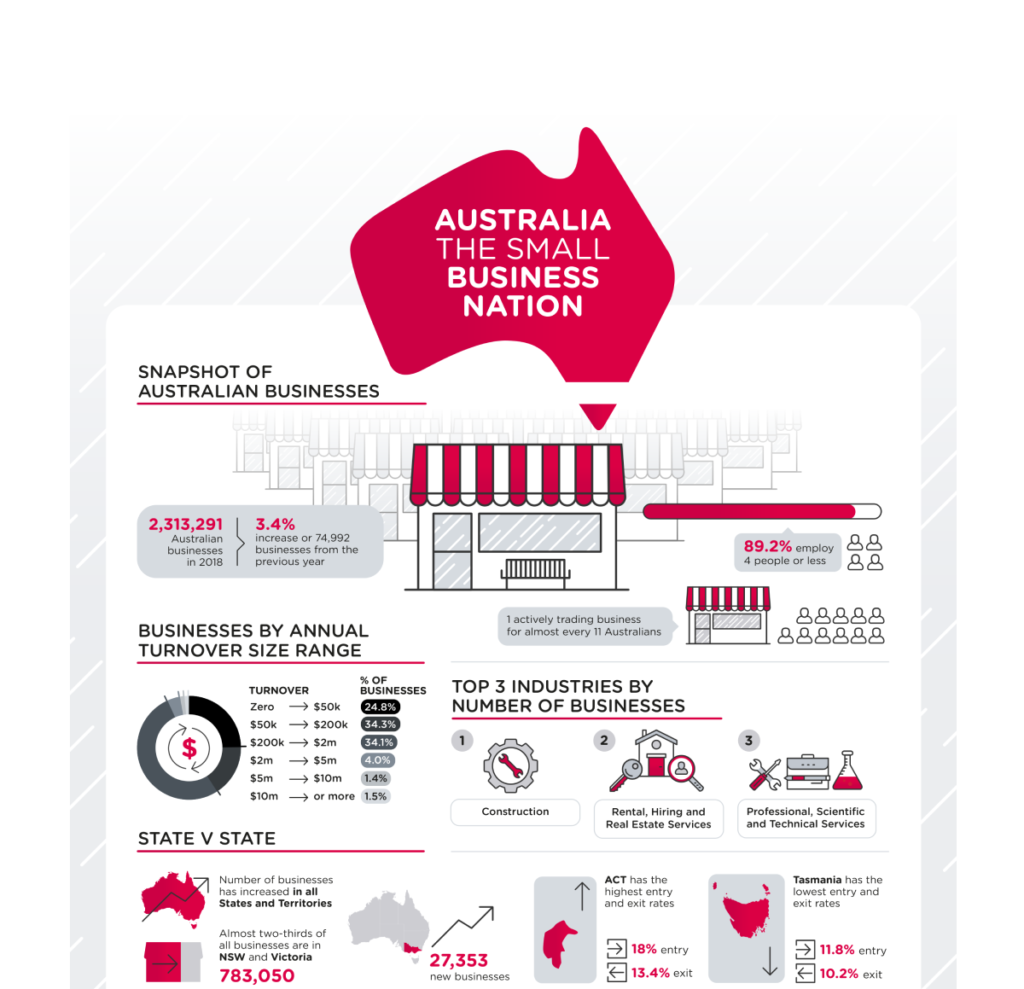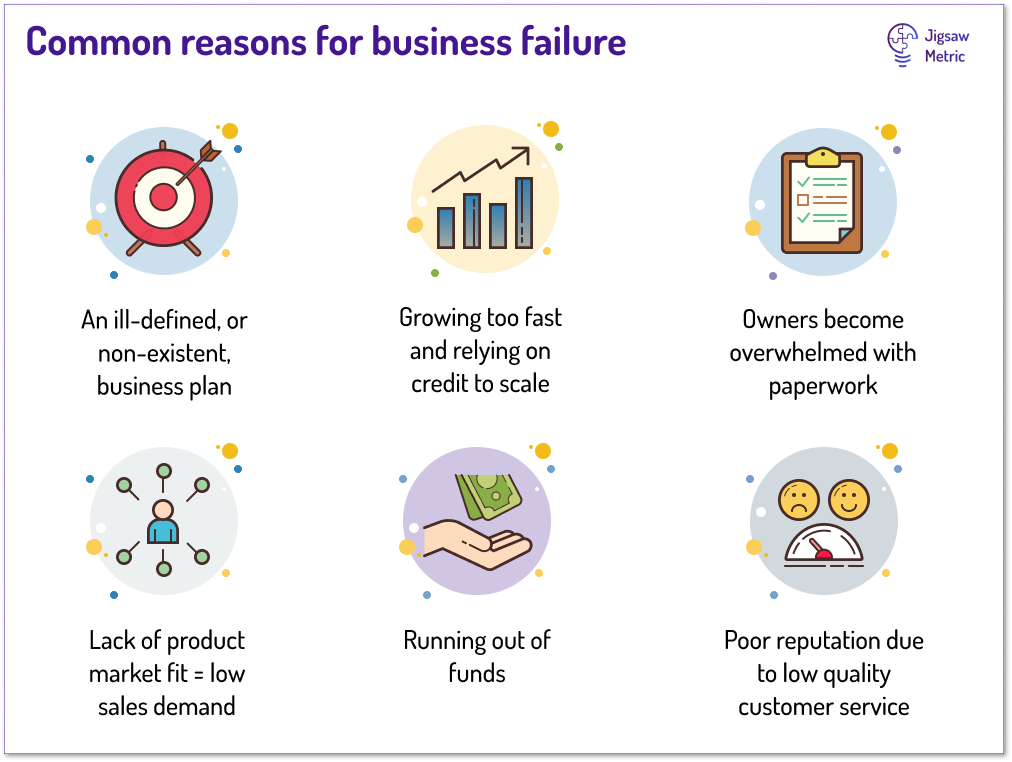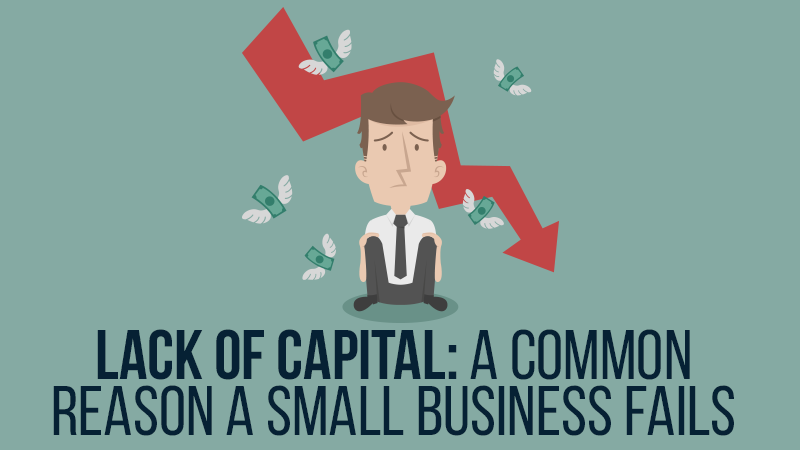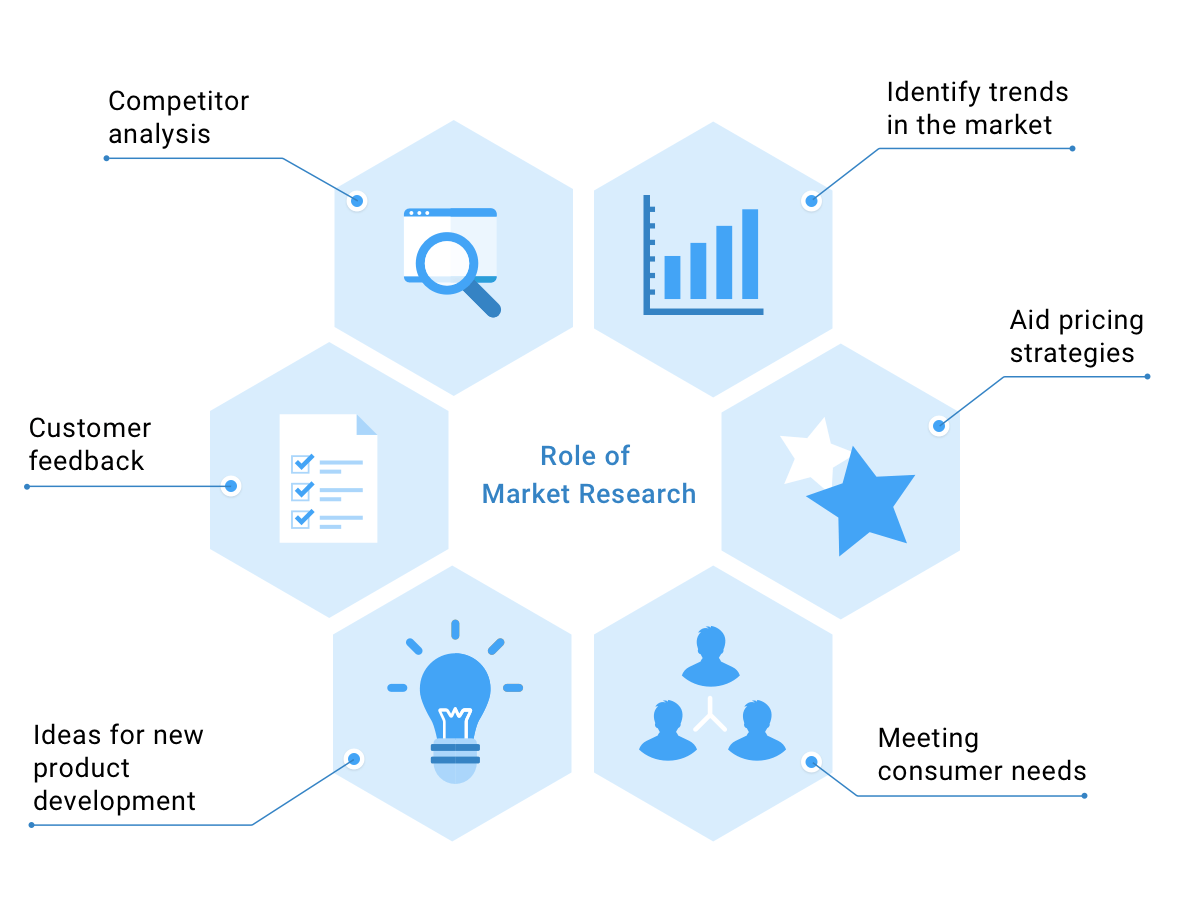The post Top MarTech Tools Reshaping the Marketing Landscape for Australian SMEs appeared first on TheAussieway.
]]>
What Is a MarTech Stack?
A MarTech stack is a set of tools and applications that implement, control, integrate, and monitor marketing operations and processes. Stacks can include COTS apps and/or homegrown app that could be basic to highly intricate. In more extensive organizations, it is normal to have over 100 applications in their MarTech stack.
Understanding MarTech Tools and Their Role in Business
MarTech tools include platforms that assist in customer relationship management (CRM), marketing automation, analytics, social media management, and content creation. By integrating MarTech into their operations, businesses can enhance efficiency, reduce manual tasks, and derive actionable insights to inform strategic decisions.
The primary benefits of MarTech tools include:
- Enhanced Customer Engagement: Customized and analytic advertising targeted at customers segments.
- Increased Efficiency: Email marketing and social media management as tasks that can be simplified to enhance productivity by automating them.
- Data Analytics and Insights: Campaign tracking in real time, thus allowing for changes to be made more quickly and increased return on investment.
- Improved Team Collaboration: Centralised tools also mean that teams are aligned correctly, with easy cross-over and a smooth exchange of knowledge and KPIs.
Popular Martech Applications
Among the myriad tools in use, several categories stand out for their widespread adoption:
- Marketing Automation: Saves time on menial marketing tasks so that more effective multi-channel marketing communication can be achieved. It addresses practices such as marketing operation definition, marketing operation calendar, marketing operation segmentation, as well as marketing operation tracking to assist firms in selling to leads by providing relevant content.
- Customer Data Platforms (CDPs): These platforms gather data from all sources of customers and create integrated profiles that can be passed around within systems to create a single and continuous source of customer information.
- Customer Journey Analytics and Orchestration: These tools help marketers to collect data at the points of contact; it helps to understand the behaviour of the customer at every stage and improves the marketing efforts.
The Growing Adoption of MarTech Among Australian SMEs
Australian SMEs have embraced top martech tools as they look to stay competitive in an increasingly digital market. According to recent industry reports, the number of MarTech applications has grown rapidly. The Marketing Technology Landscape, published by chiefmartec.com, listed over 14,000 MarTech applications in 49 categories as of 2024—a 9,295% increase over 13 years since its initial 2011 publication that featured just 150 solutions.
This fast growth proves the growing reliance on MarTech as companies face the necessity of constant customer connection in an unstable digital environment and the desire for affordable yet highly profitable solutions. One of the primary concerns for small and medium enterprises in Australia is the issue of cost and proportionality, which is why tools that can provide a choice of options, that they can decide to fit the needs of their businesses best are especially popular.
Top Affordable and Impactful MarTech Tools for Australian SMEs
The following are some of the most impactful MarTech tools suited for Australian SMEs, each catering to different aspects of marketing:
1. HubSpot
 Use Case: Comprehensive CRM and marketing automation.
Use Case: Comprehensive CRM and marketing automation.
Benefits: HubSpot has a familiar look and feel and offers email marketing capabilities, lead management, and analytics built-in. One of the key reasons why more and more companies are using it is the availability of the free version of CRM.
2. Canva
Use Case: Information design, graphic design, and content creation.
Benefits: Canva is an Australian tool that enables SMEs to produce professional designs regardless of their lack of professional training in design. The cost-effective hourly rate of the platform and the templates simplify the creation of effective marketing content.
3. Mailchimp

Use Case: Email marketing and automation.
Benefits: While offering a rich array of capabilities for e-mail automation, targeting and analysis, Mailchimp is still a preferred platform for SMEs. It is affordable and has a business model that is friendly to businesses, especially in that it adapts to businesses’ evolving needs without necessarily having to sink large amounts of money into them at first.
4. SEMrush

Use Case: SEO and competitive analysis.
Benefits: SEMrush has features in keyword research, backlink analysis and competition analysis which makes it easier for businesses to remain relevant in the search process.
5. Hootsuite

Use Case: Social media management.
Benefits: With Hootsuite, SMEs can engage with customers across multiple social media platforms all at one place. Some of the options which make it very useful include scheduling of posts, performance tracking as well as team work.
Emerging Trends in MarTech Adoption in Australia
Australian businesses are increasingly looking toward advanced Martech applications powered by AI and machine learning. These technologies enhance personalization, improve customer journey mapping, and automate complex marketing tasks. Below, we explore the key trends expected to influence the future of MarTech for SMEs:
1. Artificial Intelligence and Machine Learning
AI-driven tools are no longer limited to large enterprises. SMEs are beginning to leverage AI for predictive analytics, chatbots, and personalized content recommendations. Machine learning algorithms analyze customer data to predict behaviour, helping craft highly targeted campaigns.
2. Marketing Automation
The use of marketing automation tools is set to grow, allowing businesses to automate processes such as customer segmentation, lead nurturing, and multi-channel campaigns. This enables SMEs to achieve a higher level of efficiency without expanding their workforce.
3. Enhanced Data Privacy Solutions
With data privacy becoming a major concern, Australian SMEs are adopting MarTech solutions that prioritize compliance with data protection laws. Tools that integrate advanced encryption and user consent management are becoming standard as customers demand transparency.
Present and Future Use Cases in Australia
A survey reveals that about 65% of the SMEs in Australia have adopted some level of automation in their marketing mix and the key benefits sought include better lead acquisition and customer loyalty. AI solutions are yet to grow in this sector but are expected to register a 20% increase in use by SMEs in the next three years.
A graphical representation of MarTech tool adoption indicates a steady rise:
| Year | Percentage of SMEs Using MarTech |
| 2021 | 52% |
| 2022 | 60% |
| 2023 | 65% |
| 2024 | 72% |
| 2026 (Projected) | 80% |
Is a Career in Martech Worth Pursuing?
People working in Martech usually operate complex workflows that involve both IT skills and marketing savvy. The role, however, can be financially rewarding if one considers the centrality of martech in determining the effectiveness of marketing software. Such responsibilities may encompass the choice of tools, the implementation of systems as well as the utilization of data for strategic marketing.
Final Thoughts
For Australian SMEs, investing in top MarTech tools is no longer optional but essential for sustaining growth in a competitive digital market. The positive consequences of applying cheap and effective tools like HubSpot, Canva, and Mailchimp consist in the higher level of effectiveness, increased quality of customer communication, as well as the possibility to track the effectiveness of campaigns. As the world advances in technology, SMEs that embrace smart manufacturing through artificial intelligence and automation will be in a good place in the future market.
The post Top MarTech Tools Reshaping the Marketing Landscape for Australian SMEs appeared first on TheAussieway.
]]>The post Why Australian Small Businesses Are Failing In Early Stages appeared first on TheAussieway.
]]>
According to estimates, Australia currently has around 2.3 million small businesses. Sadly, one in three newly established small businesses in Australia fail in the first year, followed by two out of four by the end of the second year, and three out of four by the end of the fifth.
A recent study by the University of Technology, Sydney shows that the factors are frequently cited as the cause of business failure are poor financial management, bad management, bad record-keeping, issues with sales and marketing, issues with staffing, failure to seek outside counsel, general economic conditions, and personal factors.
As we dig deeper, we find, Accounting for 32% of all failures, financial mismanagement is the leading reason for business failure. Financial mismanagement refers to several problems, such as a lack of business experience, cash flow problems, starting with insufficient capital, excessive private draws, excessive credit utilisation, a lack of budgeting, and inadequate tax preparation.
Incompetent management is the reason why 15% of businesses fail. 12% of unsuccessful businesses had insufficient or wrong records and some of them don’t even have any case files or books.
11% of businesses fail due to inefficient sales and marketing issues. As Some of the severe problems in this group include a poor promotion, an inability to handle seasonal conditions, and inadequate competitor awareness.
According to another estimate, 9 % of businesses fail due to staffing issues and surprisingly, only 3 % of companies ignore external counsel when facing a crisis. Looking at the bigger perspective, 14% of failures refer to general economic conditions. While, 6 % of businesses fail due to personal reasons like divorce, illness, and changes in circumstances.
However, small businesses in Australia are crucial to the country’s economy since a robust small business sector is necessary for a prosperous economy and also indicates more employment prospects.
So, if you also have a great idea for a small business and have always wanted to be your own boss, then continue reading this article to learn about the mistakes to avoid in running a successful small business.
Some Interesting Facts About Australia Small Businesses

- A company that employs fewer than 20 people is considered a small business. They make up nearly 98% of all businesses.
- Australia’s small Business sector has been the fastest-growing sector, that aged between 45 and 59, 61% of small business owners.
- Australia’s gross domestic product is composed of 35% of small businesses (GDP).
- 44% of the workforce in Australia is employed by small businesses.
- The main industries employing people are farming, forestry, and fishing.
- The second-highest number of workers are employed by small rental, hiring, and real estate businesses.
- There are more apprentices and trainees than in any other industry, with construction ranking third in terms of employment.
Here are some typical reasons why small businesses in Australia tend to fail

Insufficient Research

One of the most common reasons for new businesses failing is that there is no demand in the market for their goods or services. Knowing who your competitors are, who your target audience is, and what will motivate them to do business with you are some of the most important first steps you need to take when you are setting up a business. Other important first steps include researching everything about the current market and the current and future trends in your industry.
Not Having a Proper Business Plan

A strong business plan may help you decide the direction of your business, an action plan to help you achieve your goals, and get the capital you need to start or grow your business. However, failing to have a plan exposes your organisation to mismanagement, which is one of the most common reasons for small business failure. A business plan can also help you stay organised and on task.
Lacking the Necessary Business Financing

Many small business entrepreneurs fall into the trap of running out of money or not realising the costs associated with starting and maintaining a business. The truth is that not every owner of a small business has the resources to pay the startup fees of a new venture. Therefore, you should incorporate the fixed and variable expenditures associated with starting your business while creating your business plan.
Remember that money is king at all times. It is crucial to bargaining in all areas of your organisation because cash flow problems can cause even profitable companies to fail. Avoid making customers wait too long to pay for your goods and services, and always work to negotiate payment terms with your suppliers that meet the expectations and requirements of your business in terms of cash flow.
Poor Marketing

You have a serious issue on your hands if all of your capital is going towards product development and none is left over for marketing.
A good marketing strategy will strike the right balance between acquiring new customers (new customer acquisition), and cultivating a base of devoted existing customers, depending on the nature of your business and who your target audience is (retention).
Achieving the balance between “conventional” offline marketing operations (including advertising, direct mail, letterbox drops, local area marketing, posters and flyers, and business-to-business marketing) and online marketing (including having a website for your business and using social media for business pages to target your audience) can be challenging sometimes. If marketing isn’t your expertise, engage an experienced marketer or hire a marketing firm. However, whatever you decide, be sure it has a track record of success in your sector.
Failing to Keep Up with New Market Demands or Trends

Building a loyal customer base requires an understanding of your target audience and knowing how to relate with them. To make sure that you stay on top of your client’s needs, you must also have strategies in place. You run the danger of losing those loyal customers to your competitors if you don’t understand what they want from you (via customer feedback surveys, watching and responding to comments on your social media business pages, and just plain talking to your customers).
Speaking of rivals, if they are outperforming you and you run the risk of losing out on sales, you should also keep an eye on what they are doing to keep up with the new trends. So, don’t forget to check out these Australian small business trends in 2022.
Limited Experience

Without a doubt, this is among the most common reasons for a small business to fail in its first year of operation. Lack of planning and poor business analysis reduces the chances of success for inexperienced business owners. If your business doesn’t have enough funding, the problem will get worse.. Everything will collapse if one of these elements breaks down.
Poor Location

This is just another death sentence for small businesses that depend majorly on foot traffic. As a result, small firms that are not located in metropolitan cores or other regions with heavy traffic or densities of people are more likely to declare bankruptcy than those that are more well-known to the general public.
Poor Financial Management

33% of business failures in 2020 were attributed to inadequate financial control, according to reports from external administrators. Financial troubles arise quickly from improper small business finance management and bad credit arrangements, particularly when sales are lower than expected.
Inability to Adapt

Like in life, things don’t always go according to plan in small businesses. It’s inevitable that your business will encounter obstacles along the way, whether it’s responding to shifting trends within your industry, unforeseen occurrences (like the COVID-19 pandemic or natural disasters), the impact of broader economic issues (such as changes to interest rates, government assistance and support), or even changes to your personal situation (due to illness or other challenges). To survive, you might need to change course from a bad hire, an unwise business decision, or an incorrect product or service. The most crucial thing in this situation is to keep aware of what is occurring both inside and outside of your company and to be prepared to react – quickly!
Failing to Recruit and Keep the Correct Personnel

Hiring, managing, and keeping employees is one of the main difficulties small business owners confront. In the long term, it will be beneficial for you to build a varied workforce with complementary skill sets, the proper attitude, and values that are in line with your company. It’s crucial to not only find the proper candidates but also foster an environment at work that encourages long-term employment.
How Many Small Businesses in Australia Are Successful?
You may have heard different reports about how many businesses fail in Australia. Some websites claim that 97% of small businesses in Australia fail. Others claim that the success rates far outweigh the failure rates. Given this, how can you know the truth if you’re thinking about starting your own business?
You now have a better understanding of the facts thanks to the information we gathered from government sources about the success rates of Australian small businesses.
According to the Australian Small Business and Family business Ombudsman’s July 2019 report, a business’ survival percentage increases with size. The success percentage of 0–19 employee small businesses is 59.7%. Businesses with between 20 and 199 employees succeed at a rate of 75.8%.
This is consistent with a previous Australian Bureau of Statistics analysis that found that from 2010 to 2014, the survival percentage for small businesses with no employees was 56%. The percentage rose to 68% for companies with 1-4 employees.
Small businesses in Australia are still less successful than larger corporations on a percentage basis. These figures, however, are not so horrifying that they should utterly discourage businesspeople who want to pursue their aspirations. Having your own small business may, after all, be incredibly satisfying and indeed this is the time to prepare for small business.
The post Why Australian Small Businesses Are Failing In Early Stages appeared first on TheAussieway.
]]>